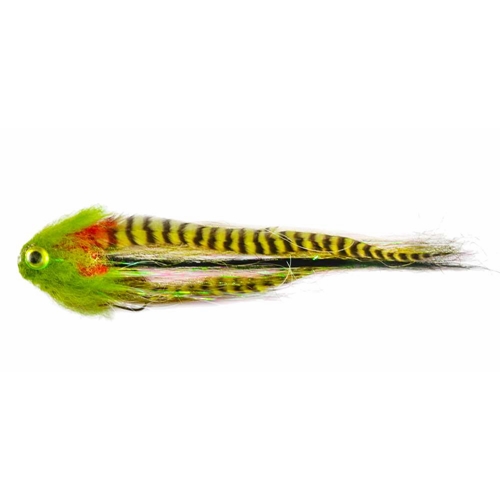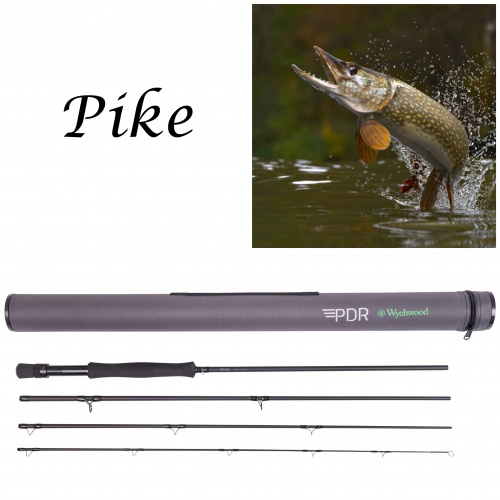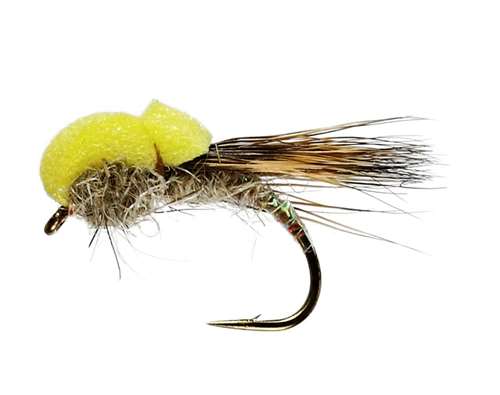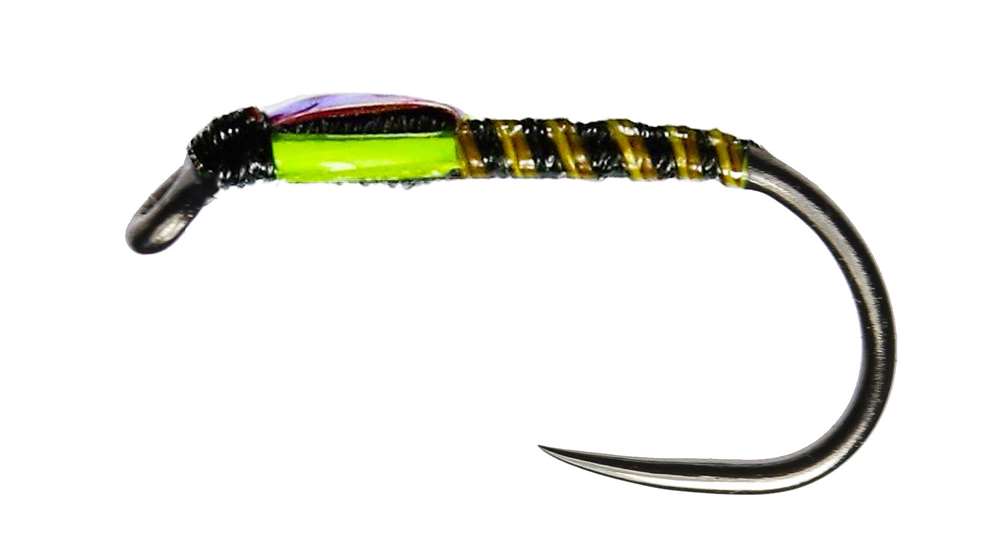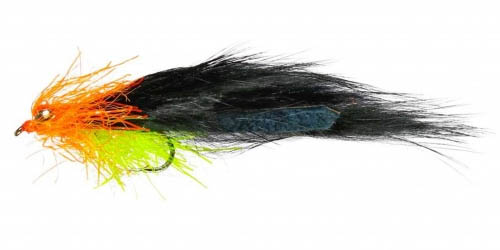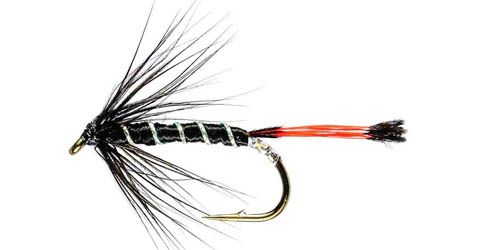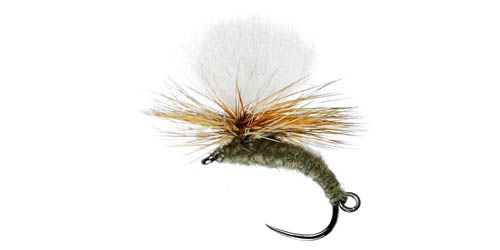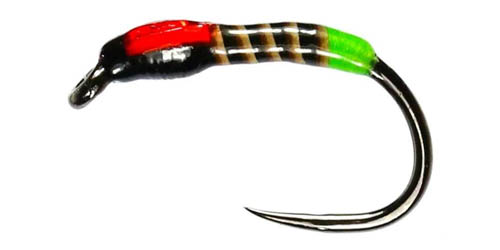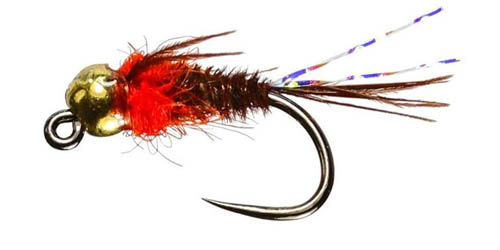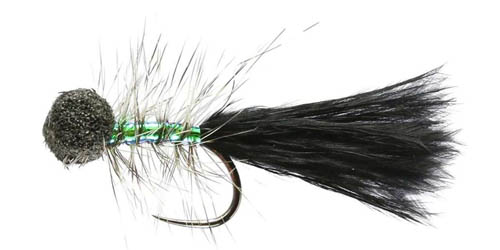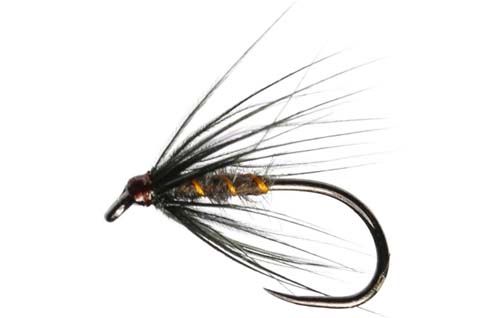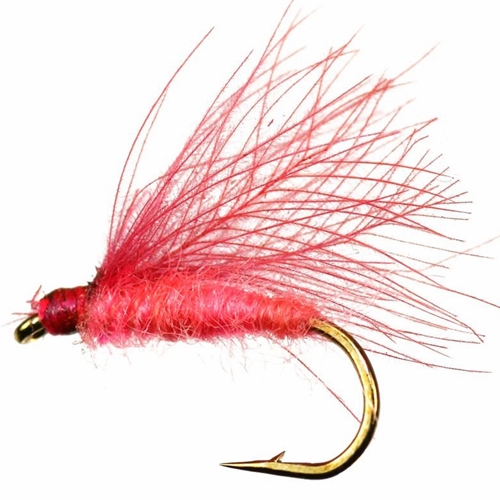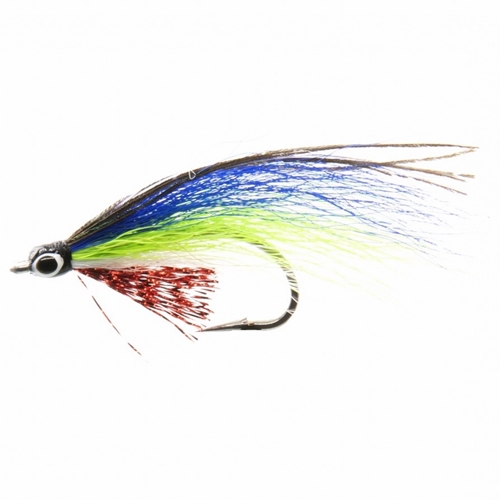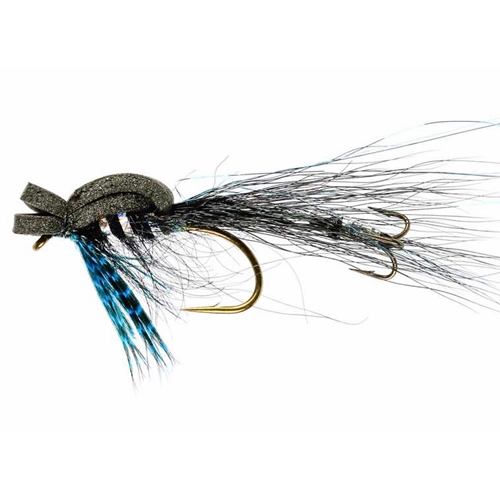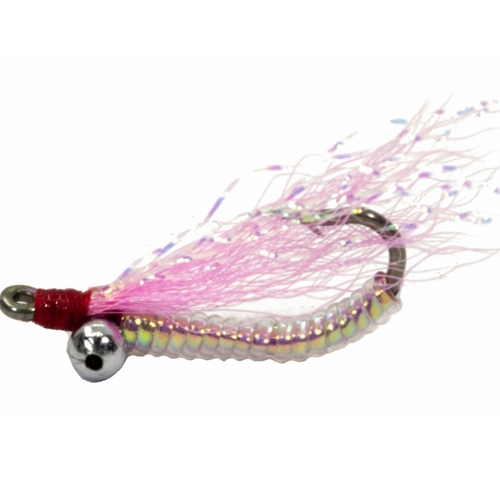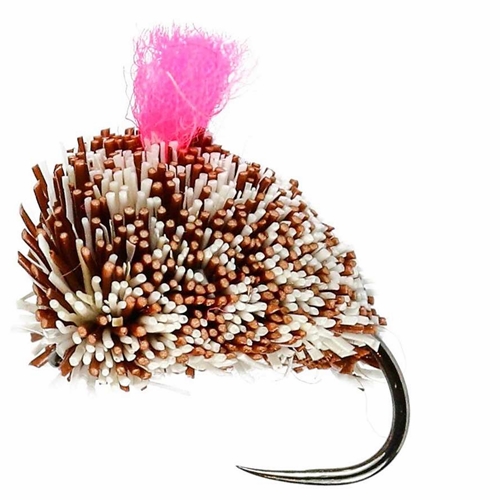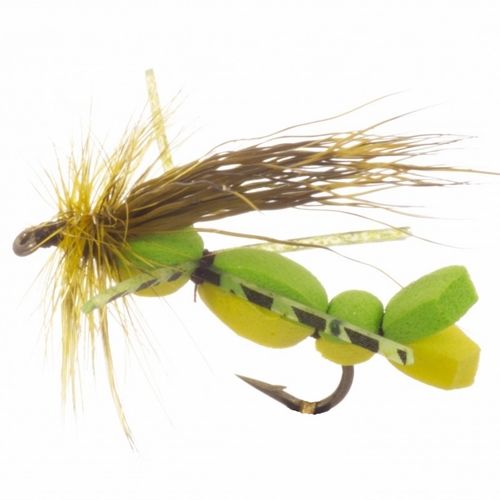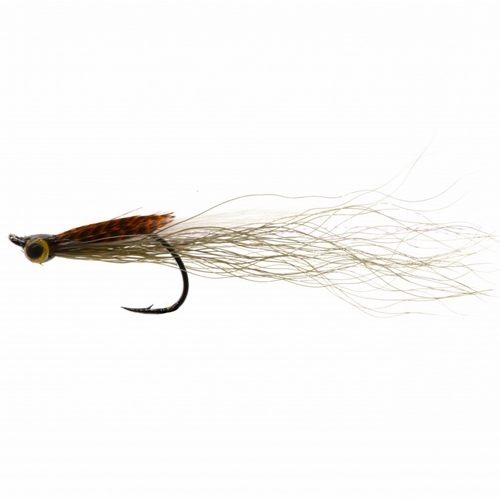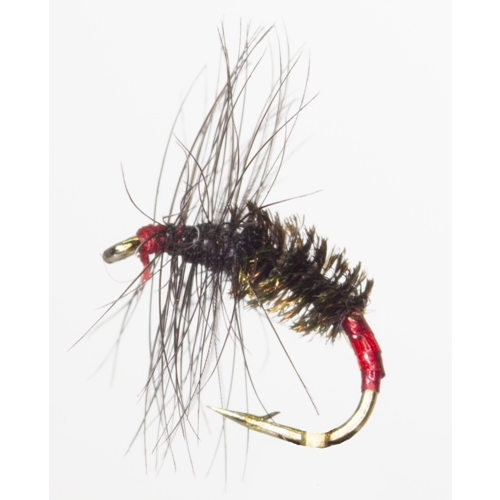Prime Time For Pike!

As many of you will be aware the coarse fishing season officially closes at midnight on March 14th. However as we edge closer to March, Pike in particular will be in prime condition now. This allows those who care to pursue them a last fling before the season concludes. In fact, Pike have become something of a cult species amongst fly fishers and with good reason too as not are they only obliging, pike can be sought on rivers, lakes, reservoirs and even canals, which means it’s likely somewhere close to you will be a water containing them.
Flies
In terms of flies, obviously we look to arm ourselves with outsized baitfish and coarse fry imitations. Not to be neglected are surface lures either like poppers, or frog imitations. Mind, as pike are often opportunistic, it’s not always about the exact pattern, but the way you fish it. We advise using plenty of pauses and even tweaking the rod tip when you retrieve as this mimics the movements of a distressed, or injured fish
Top Fly Choices!



Leaders
Naturally, as an apex predator, Pike are armed with several rows of pin-sharp teeth. This of course means, some sort of bite tippet is required, even before we think of decking ourselves out with flies and all the other essentials. We’ve heard that some anglers use fluorocarbon of some 40-50lb breaking strain as a short bite tippet, however, we strongly recommend the use of a 12-inch wire trace for protection against a pike’s gnashers, 30-40lb wire should suffice.

As for leaders, this can either be straight-through (level) monofilament of some 20lb, or a tapered leader with a 20lb tippet. Many pike anglers use the saltwater leaders here as they’re formed from fluorocarbon and being that bit stiffer, help when it comes to turning over large, ungainly flies.
Lines
In terms of fly lines those with short, aggressive weight forward tapers are superior when it comes to casting those large patterns needed to tempt pike. You’ll often find a floating line will cover 90-percent of situations, but it’s worth having an intermediate in the bag too, just for days when pike seem a little reluctant to move far.

Fish Handling
Other peripheral items include a robust pair of forceps and our pliers. The pliers obvious double up for trimming stout monofilament or wire trace. Gone are the days of using a pike gag, which do more harm to pike than good. In fact there a petition exists to ban them in the UK, which The Essential Fly strongly endorses. Instead, a sturdy, leather gardening glove is all you need to handle pike safely. In fact, because we’re using flies, often pike are only lip-hooked, so are easily unhooked by a deft twist of the forceps whilst still in your landing net! Again, barbless, or de-barded hooks facilitate fast, and safe unhooking of predators.

Reels
As an ambush predator, initially pike have an impressive turn of speed and are extremely powerful, especially on rivers, or large bodies of water. Whilst it’s unlikely they’ll take a hundred yards of backing, a decent reel with stopping power isn’t a bad idea. Obviously those with a disc drag mechanism come into their own now.

Rods
Rods should be 9ft in length as these tend to generate higher line speeds than longer rods of say 10 foot. If you’re fishing canals, or small streams, an 8-weight rated outfit will suffice. However, if you’re venturing onto large sheets of water, like lakes, reservoirs then a 10-wieght rod will be a much better proposition. This has little to do with the fighting power of a rod and more to do with casting large flies with a wire tippet in breezy weather. Rods rated for heavier lines deal much better with this.

TEF Top Tip
To protect themselves, a pike’s mouth parts are extremely bony and hard, which stops the spines of their prey (perch for example) damaging the pike. We suggest you use a “strip-strike” when setting the rod, rather than lifting the rod tip in a typical trout set. This merely involves pulling hard on the line with your line hand when any resistance is felt. With more direct contact now the hook is driven home properly before you lift the rod to battle your quarry.

